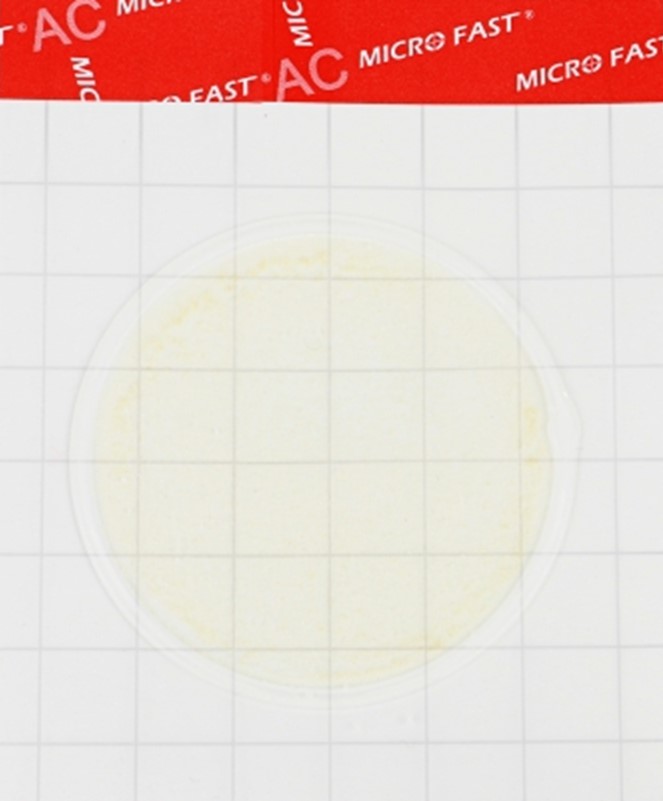Treatment of bovine conjunctivitis with eye drops offered by Canadian scientists

A team of Canadian veterinary researchers believes a new approach should be taken to protect cattle from conjunctivitis
Michael Robin writes about this in an article.
The vaccine, injected directly into the eyes of animals, promises livestock farmers a new tool to combat conjunctivitis.
“We are taking this novel approach to vaccine delivery because currently available subcutaneous vaccines do not prevent outbreaks of conjunctivitis in cattle or increase local antibody production in the eye,” says Dr. Philip Griebel is a researcher at the Vaccine and Infectious Diseases Organization (VIDO) at the University of Saskatchewan, where he chairs the Canadian Department of Mucosal Immunology Research. For the past four years, he has led a team working on the development of a vaccine against conjunctivitis, or infectious bovine keratoconjunctivitis. The Saskatchewan Rural Development Fund and the Beef Cattle Research Council are providing funding for this work.
Conjunctivitis is a painful infection that causes inflammation and damage to the eye, including blindness. Conjunctivitis often affects pre-weaning calves, with calves losing weight dramatically and costing a fortune to treat.
Dr. Eugene Janzen, a member of the University of Calgary research team and a member of the VIDO team, is working on the problem of bovine conjunctivitis by collecting bacterial samples from cow's eyes on pastures in Alberta.
“Conjunctivitis is caused by pathogens that normally live in the respiratory tract of animals as part of the natural microbiome. But they can also get into the eyes when carried by flies or tall grass, says Janzen. - Usually these organisms do not cause harm, as the eyes are protected by a "tear film" consisting of water and mucus, which traps foreign particles and washes them away when the animals blink. However, wind, dust, and even excessive ultraviolet radiation break down this protective layer, leaving a window for pathogens to enter, releasing toxins and damaging eye tissue. Crowding of livestock when animals gather together is a risk factor for the spread of the disease.”
Although conjunctivitis can be associated with several bacteria and aggravated by at least one virus, the team focuses on two bacteria: Moraxella bovis and Moraxella bovoculi. The first produces the main pathological disturbances, the second arrives a little later, when the infection has already begun, Dr. Gribel notes.
One of the problems in the fight against bovine conjunctivitis is considered late detection - by the time the owner notices an animal that is squinting in obvious pain or has watery eyes, the problem has probably already spread in the herd.
“Animal farmers spend a lot of money and time fighting conjunctivitis in the event of an outbreak. Janzen said. - The VIDO vaccine will allow treating sick animals while protecting those who are still healthy. This means that the immune response must be fast and provide protection at the site of infection: in the eyes.”
“We are trying, first, to develop a vaccine that is easy to administer, and second, that it can elicit an immune response fast enough to stop an outbreak. So, Moraxella is a bacterium that has to attach itself to the eye. If we can induce enough antibodies quickly enough, the pathogen will be rendered harmless. The drug should be effective with a single dose to induce an immune response within a week or two before the animals go out to pasture,” commented Dr. Paola Elizalde. As a doctoral student at VIDO and the US School of Public HEALTH , she is conducting research on a new vaccine with fellow VIDO researcher Dr. Siresh Tikoo.
At this stage, the scientists are testing the direct-to-eye method of the vaccine for safety. It will probably take a few more years to find out if the vaccine induces antibodies and what age is best for this aspect.
“Newborn calves lack an immune response to Moraxella,” says Elizalde. “In two-month-old calves, it increases slightly, in yearlings, a very high immune response.”
Dr. Griebel added that applying the vaccine directly to the eyes will allow producers to protect cattle even in the midst of an outbreak, as all animals can be vaccinated quickly.
Read together with it:
- Не как в кино: сколько весят сумки инкассаторов и что они находят в банкоматах?Новости темы Как производится инкассация банкоматов и сколько весят сумки с деньгами? Об этом и не только в проекте "Честный рассказ" поведал старший инкассатор отдела инкассации и перевозки Регионального управления №1 г. Минска Василий Агарелик. - Я как оператор отвечаю за инкассацию банкомата. Со мной в паре работает старший группы, который в большей степени отвечает за безопасность и, разумеетс...
- Из Волгоградской области в Узбекистан отправили партию из 29 коров на убойСпециалисты Россельхознадзора по Ростовской, Волгоградской и Астраханской областям, а также Республике Калмыкия провели контроль этой партии животных перед отправкой. После проверки коровы были доставлены заказчику на автомобиле.
- Московская область сохраняет лидерство в производстве и экспорте сыра в РоссииПо итогам семи месяцев 2025 года Московская область подтвердила статус ведущего производителя сыра в стране. Регион обеспечивает практически четверть общероссийского объёма и является ключевым игроком на международном рынке. В Министерстве сельского хозяйства и продовольствия Московской области сообщили, что за январь-июль 2......
- Как профилактика меняет борьбу с главной причиной смертности в РоссииСозданная в России сеть сосудистых центров доказала свою эффективность в спасении жизней. Сегодня приоритетными задачами государства становятся управление факторами риска и повышение приверженности граждан лечению 29 сентября отмечается Всемирный день сердца — здоровье сердечно-сосудистой системы напрямую определяет качество и продолжительность жизни. В России профилактика, диагностика и лечение б...




























































